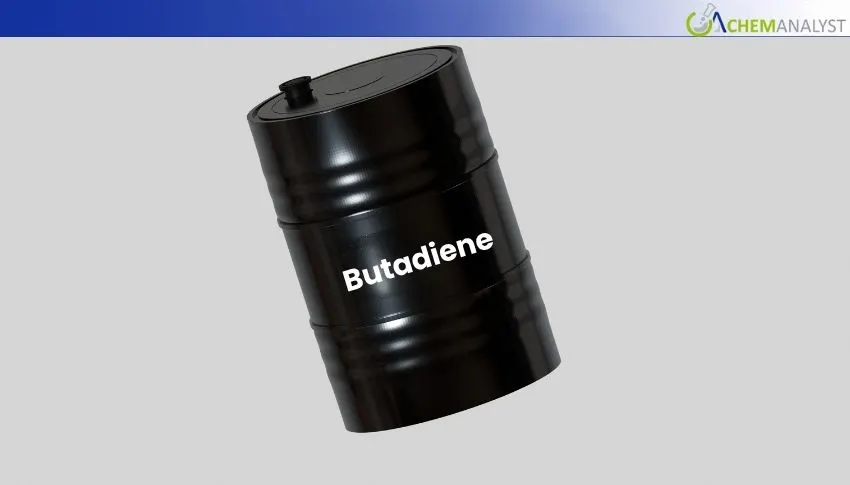Welcome To ChemAnalyst

In Europe, Butadiene prices fell slightly during October 2025. It is due to an ease in production costs, while the demand remained stable for elastomers from end-use industries. The supply of crude oil improved, and global risks eased, which helped lower the production costs of Butadiene. However, production rates remained cautious, and supply from local sources was moderate as Europe continued to face challenges like material shortages, high transport costs, and changing trade rules. Despite this, trade within Europe remained firm. Efforts were made to improve transport and use digital tools to keep supply chains strong. Concurrently, the demand for Butadiene stayed stable, supported by car sales and public building projects. Rubber made from Butadiene was used in tires, seals, adhesives, and flooring. Looking ahead, Butadiene prices could rise in the second half of the quarter as demand for winter tires increases and companies stock up. Supplies to the importers may also increase, which would reduce local supply. Ongoing work on roads and buildings will maintain strong demand for Butadiene-based products.
In October xxxx, Butadiene prices fell slightly in the European region amid a decline in production costs due to reduced feedstock prices and stable demand from downstream industries to produce elastomers for the automotive and construction sectors.
Butadiene production remained cautious in Europe amid stable industrial demand. Expanding crude oil inflows and reduced geopolitical risk have softened feedstock prices and reduced production costs.
At the same time, supply from regional suppliers remained moderate as the region faced global challenges. Shortages of materials, high transportation costs, and changing trade rules made operations more challenging. Still, trade within Europe stayed active. Both public and private groups worked on greener transport and digital tools to make supply chains stronger in the long run. Overall, Europe managed short-term problems by making smart changes to keep trade moving and industries running smoothly.
We use cookies to deliver the best possible experience on our website. To learn more, visit our Privacy Policy. By continuing to use this site or by closing this box, you consent to our use of cookies. More info.
